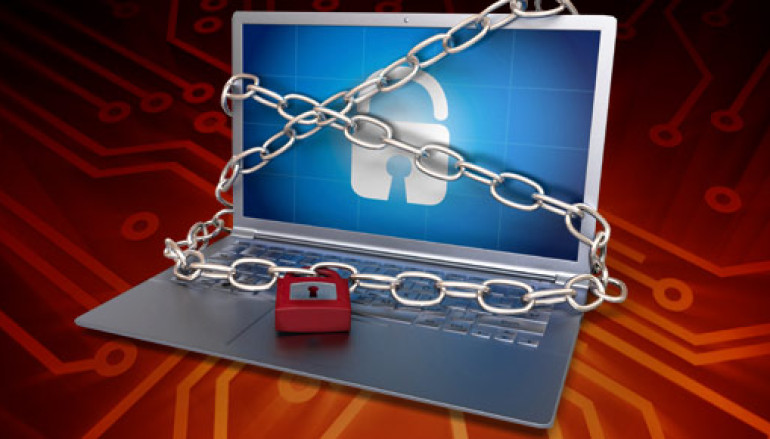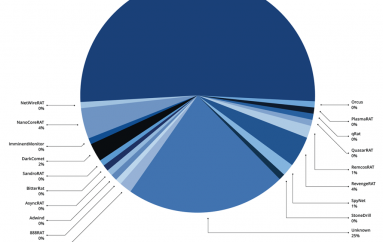
Study Finds Ransomware Hits Almost 40 Percent of Enterprises
most four out of every 10 businesses have been hit by ransomware over the past year, and instances of such malware in exploit kits have increased by 259 percent over just the past five months, according to a new study.
Conducted by Osterman Research on behalf of the anti-malware service provider Malwarebytes, the survey questioned 540 executives from companies in the U.S., Canada, the U.K. and Germany. According to the survey, more than one-third of the businesses that experienced a ransomware attack last year lost revenue and 20 percent had to shut down operations during those incidents.
Nearly half (46 percent) of all ransomware attacks were launched by emails with malicious attachments or links, and resolving a majority of those incidents took more than nine hours, the survey noted. The research also found that organizations in healthcare and financial services were the most common targets of ransomware attacks.
U.S. Businesses Heavily Targeted
Businesses in the U.S. are among the most heavily attacked by ransomware, and decision-makers in those organizations have little confidence in their abilities to prevent such threats, the survey found. However, U.S. companies are also less likely to report losing money due to ransomware, with just 6 percent doing so.
“The impact of ransomware in the United States was significantly less than in the other nations we surveyed,” the report stated. “For example, only 12 percent of U.S organizations reported that ransomware ‘stopped business immediately,’ compared to Germany (13 percent), the United Kingdom (24 percent) and Canada (25 percent).”
Compared to companies in other countries, U.S. businesses tend to offer employees and other end users less training on how to detect and prevent ransomware, according to the study. However, it also noted that organizations in the U.S. tend to be more concerned about security “across the board.” Enterprises in the U.S. are also less likely than their overseas counterparts to pay a ransom when hit by such attacks.
“[T]he proportion of U.S. organizations that pay the ransom demanded after infection may increase in the future if cyber criminals become more successful in penetrating the C-suite with their wares,” the report stated. “In short, the more that senior management is impacted by ransomware, we believe the more likely the organization will be to pay up.”
Ransomware ‘A Pure Business Proposition’
In one case involving ransomware in March, Methodist Hospital in Henderson, Kentucky, declared an “internal state of emergency” after an attack took its files hostage and crippled its computer systems. Hit by a strain of ransomware called Locky, the hospital spent five days with limited access to electronic data before it could return to regular operations.
Another attack a month earlier forced executives at the Los Angeles-based Hollywood Presbyterian Medical Center to pay a Bitcoin ransom of around $17,000 before the hospital could regain access to its records and systems.
The Federal Bureau of Investigation (FBI), which works with local authorities to investigate such attacks, recommends that organizations can best prepare through a combination of prevention efforts and business continuity planning.
“We see ransomware spreading like a virus,” FBI Director James Comey said last week in an address at the International Cyber Security Conference in New York City. “It is simply about a pure business proposition — how much people will pay to continue to do their business.”
According to a recent report from the U.K.’s Juniper Research, ransomware and other types of data breaches could cost organizations around the world some $2.1 trillion by 2019.





